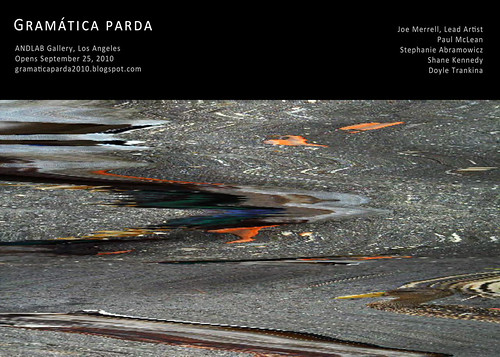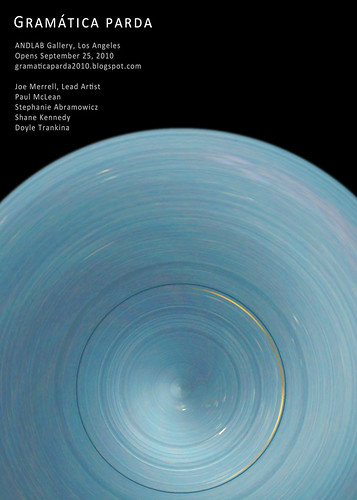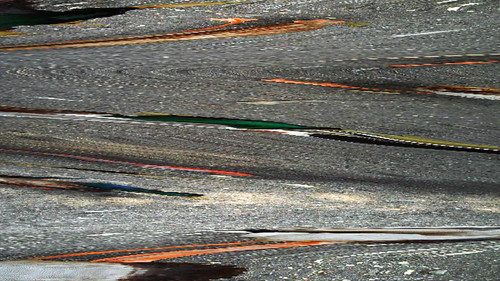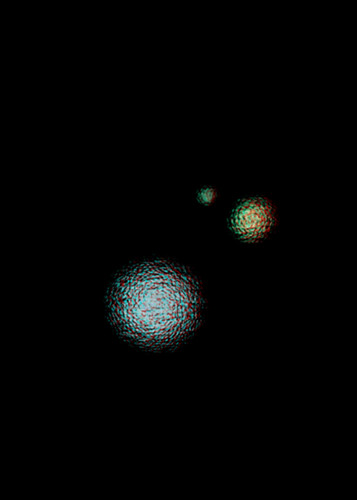
Tuesday, June 29, 2010
Friday, June 18, 2010
Wednesday, June 16, 2010
Shane Kennedy
Monday, June 14, 2010
Opening Date
Sunday, June 13, 2010
Wednesday, June 9, 2010
From the "Conservapedia"
Dinosaurs:
Young earth creationists believe, from the biblical account, that dinosaurs were created on day 6 of the creation week[5] approximately 6,000 years ago, along with other land animals, and therefore co-existed with humans. As such, they reject the Theory of Evolution and the beliefs of evolutionary scientists about the age of the earth.They believe that dinosaurs lived in harmony with other animals, (probably including in the Garden of Eden) eating only plants[6]; that pairs of each dinosaur kind were taken onto Noah's Ark during the Great Flood and were preserved from drowning[7]; that many of the fossilized dinosaur bones originated during the mass killing of the Flood[8]; and that possibly some descendants of those dinosaurs taken aboard the Ark are still around today.[9]They use archaeological, fossil, and documentary evidence to argue that dinosaurs co-existed with mankind until at least relatively recent times.Because the term only came into use in the 19th century, the Bible does not use the word "dinosaur." However, they are alleged to be mentioned in numerous places throughout the biblical account. For example, the behemoth in Job and the leviathan in Isaiah are sometimes said to be references to dinosaurs,[10] [11], although others have claimed that Behemoth and Leviathan are references to a hippopotamus or elephant and a crocodile respectively. Young-Earth creationists point out that the descriptions don't fit these creatures, including that hippopotamuses and elephants don't have a "tail like a cedar"
Monday, June 7, 2010
A.E. Housman
In a world I never made.
Friday, June 4, 2010
Wednesday, June 2, 2010
Tiktaalik
“It is a long way from Tiktaalik to humanity. The important, and often surprising, fact is that most of the major bones humans use to walk, throw or grasp first appear in animals tens to hundreds of millions of years before. The first bits of our upper arm and leg are in 380-million-year-old fish like Eusthenopteron. Tiktaalik reveals the early stages of the evolution of our wrist, palm, and finger area. The first true fingers and toes are seen in 365-million-year-old amphibians like Acanthostega. Finally, the full complement of wrist and ankle bones found in a human hand or foot is seen in reptiles more than 250 million years old. The basic skeleton of our hands and feet emerged over hundreds of millions of years, first in fish and later in amphibians and reptiles.
“But what are the major changes that enable us to use our hands or walk on two legs? How do these shifts come about? Let’s look at two simple examples from limbs for some answers.
“We humans, like many other mammals, can rotate our thumbs relative to our elbow. This simple function is very important for the use of our hands in everyday life. Imagine trying to eat, write, or throw a ball without being able to rotate your hand relative to your elbow. We can do this because one forearm bone, the radius, rotates along a pivot point at the elbow joint. The structure of the joint at the elbow is wonderfully designed for this function. At the end of our upper-arm bone, the humerus, lies a ball. The tip of the radius, which attaches here, forms a beautiful little socket that fits on the ball. This ball-and-socket joint allows the rotation of our hand, called pronation and supination. Where do we see the beginnings of this ability? In creatures like Tiktaalik. In Tiktaalik, the end of the humerus forms an elongated bump onto which a cup-shaped joint on the radius fits. When Tiktaalik bent its elbow, the end of its radius would rotate, or pronate, relative to the elbow. Refinements of this ability are seen in amphibians and reptiles, where the end of the humerus becomes a true ball, much like our own.
“Looking now at the hind limb, we find a key feature that gives us the capacity to walk, one we share with other mammals. Unlike fish and amphibians, our knees and elbows face in opposite directions. This feature is critical: think of trying to walk with your kneecap facing backward. A very different situation exists in fish like Eusthenopteron, where the equivalents of the knee and elbow face largely in the same direction. We start development with little limbs oriented much like those in Eusthenopteron, with elbows and knees facing in the same direction. As we grow in the womb, our knees and elbows rotate to give us the state of affairs we see in humans today.
Our bipedal pattern of walking uses the movements of our hips, knees, ankles, and foot bones to propel us forward in an upright stance unlike the sprawled posture of creatures like Tiktaalik. One big difference is the position of our hips. Our legs do not project sideways like those of a crocodile, amphibian, or fish; rather, they project underneath our bodies. This change in posture cam about by changes in the hip joint, pelvis, and upper leg: our pelvis became bowl shaped, our hip socket became deep, our femur gained its distinctive neck, the feature that enables it to project under the body rather than to the side.
“Do the facts of our ancient history mean that humans are not special or unique among living creatures? Of course not. In fact, knowing something about the deep origins of humanity only adds to the remarkable fact of our existence: all of our extraordinary capabilities arose from basic components that evolved in ancient fish and other creatures. From common parts came a very unique construction. We are not separate from the rest of the living world; we are part of it down to our bones and, as we will see shortly, even our genes.”
From "Your Inner Fish" by Neil Shubin
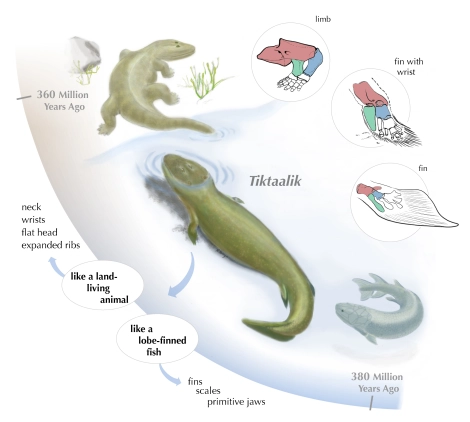
![Gramática parda [2010]](http://1.bp.blogspot.com/_cWUre7QpDnE/S-rNchOaCwI/AAAAAAAAABU/5wxGvrs5RX8/S660/Leaves+2.jpg)

